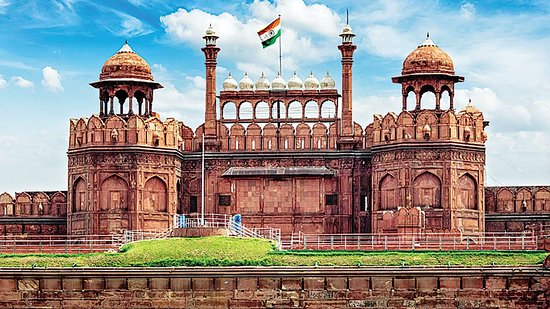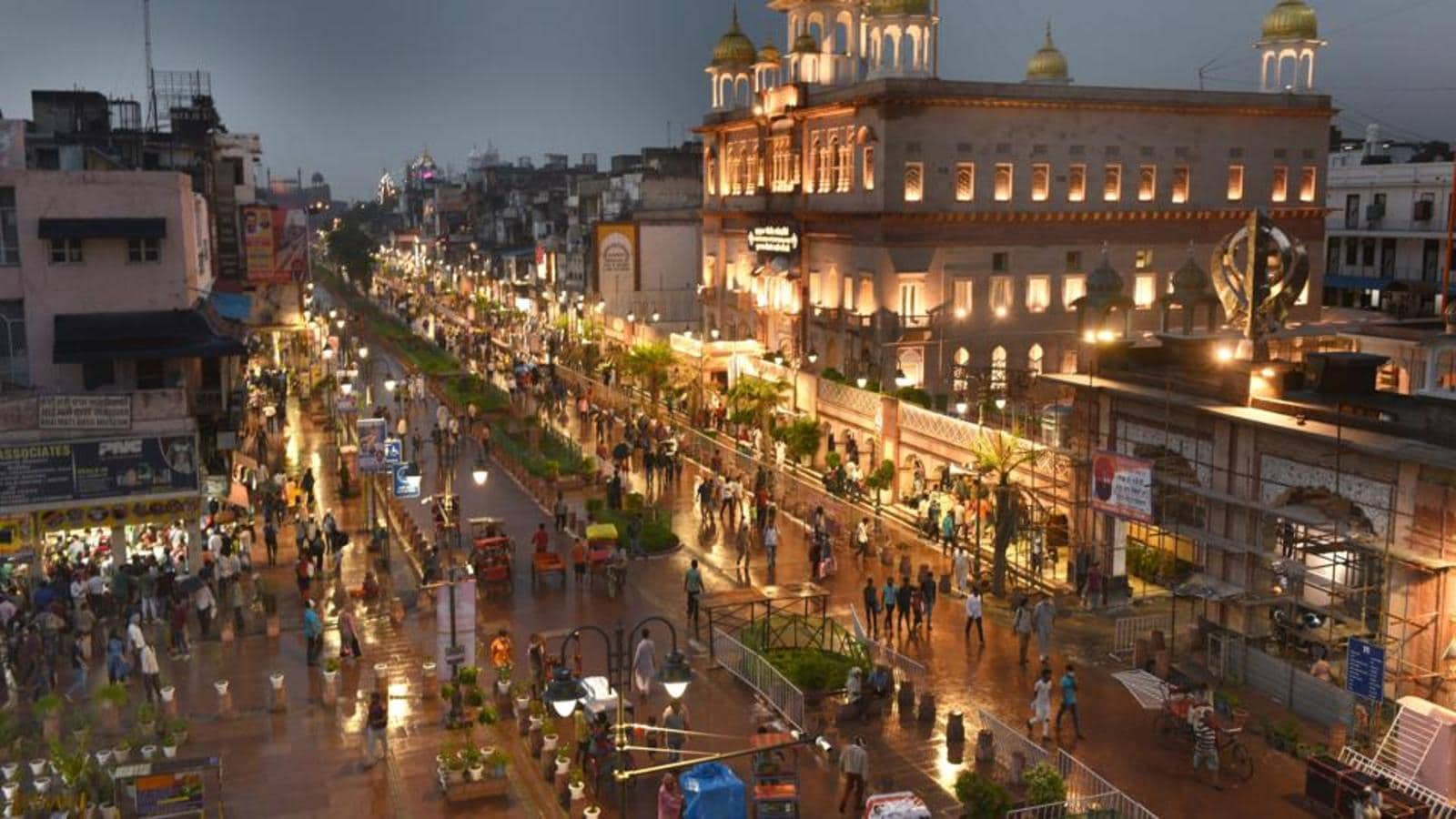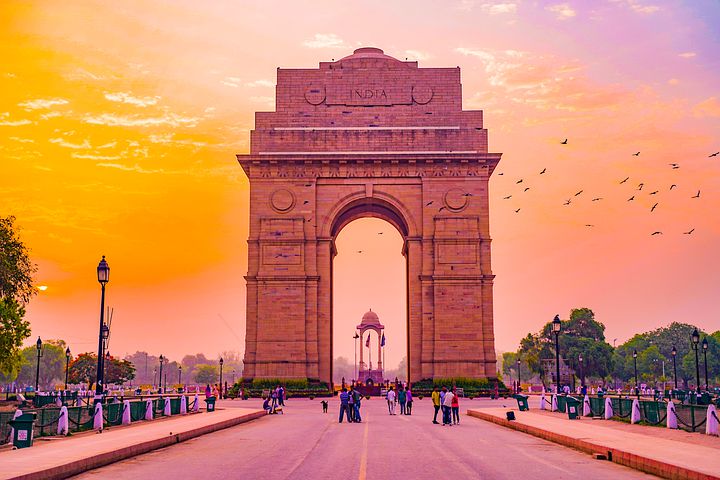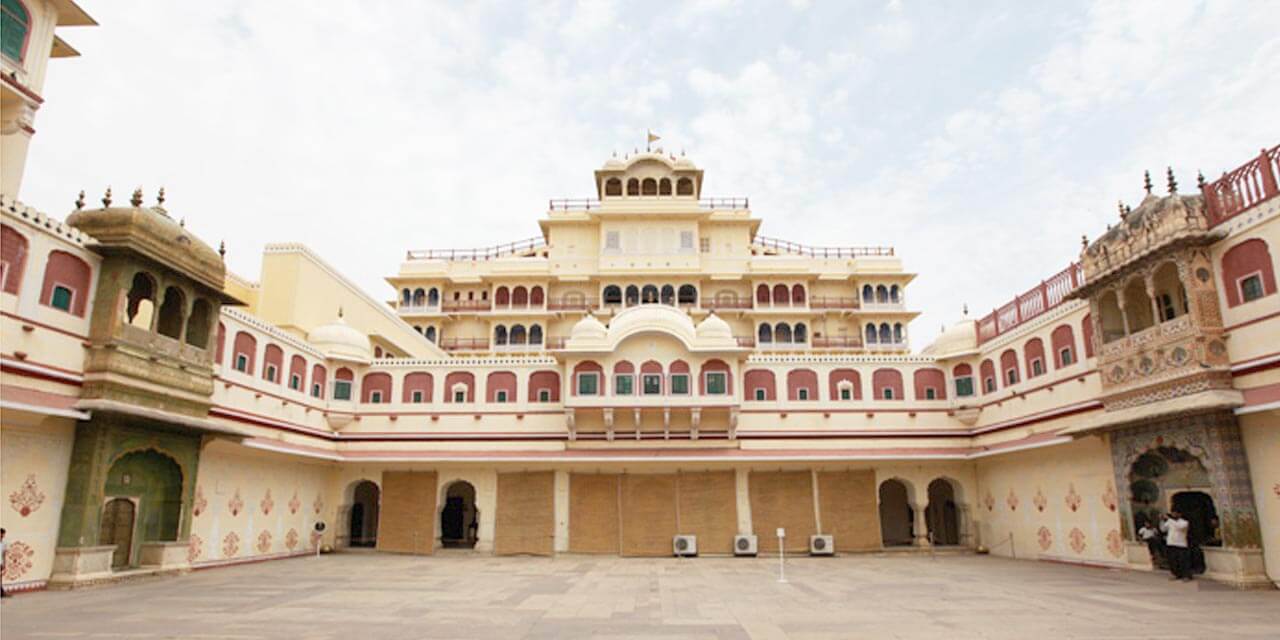Red Fort: The seventeenth-century stronghold of the Mughals is recorded as a UNESCO World Heritage Site. The term Red Fort is taken from the Hindi word 'Lal' which implies red, and 'Quila' which means fortress. The design of the Red Fort is extremely lopsided and it is put in an octet shape along the Yamuna River. This post is delimited by a mass of around 2.4 km in edge and is developed of red sandstone. In 1638, Shah Jahan began building this tremendous fortification and it was finished in 1648.
Jama Masjid: Jama Masjid is one of the nation's significant mosques where hundreds and thousands of Muslims offer their requests even today. Jama Masjid was developed by Shah Jahan as a compositional event in 1658. The miracles of development in Jama Masjid are found in the significant length of steps and the weighty yard.
Chandni Chowk (Silver Street): Chandni Chowk is notable for its showy roads with the popular shopping spots of Old Delhi. It additionally has the nation's most popular broad market for materials, electronic products, and watches.
Whole Chandni Chowk was planned by Jahanara Begum, Shah Jahan's dearest girl, and was then populated by the wealthy groups of that time. The renowned Paranthawale Gali, known for its scrumptious paranthas is additionally situated in Chandni Chowk. The renowned gold market, Dariba Kalan is additionally arranged here.
Raj Ghat: A rudimentary square foundation of dark marble on the banks of Yamuna River, represents where Mahatma Gandhi was incinerated after his death in 1948. A dedicatory ceremony happens every Friday, in his memory.
India Gate: India Gate is unattached, 42 meter high curve. It was worked in 1931 and was previously called the All India War Memorial in the memory of the 90,000 officers of the Indian Army who passed on in World War I. The names of the champions are engraved up and down the dividers of the curve. The everlasting fire was lit here to respect the Amar Jawan (Immortal Soldier), in 1971.
Rashtrapati Bhavan (President's House): Rashtrapati Bhavan is the approved home of the President of the country. It was planned by Lutyens and was the authority home of the Viceroy when the British managed India.
Humayun's Tomb: Nine years after the demise of Humayun, Haji Begum (widow of Humayun) assembled this burial place in 1565-66 in his memory. The nursery burial place is one of the world's legacy locales engraved by UNESCO and is supposed to be the inspiration driving the 'miracle of the world' Taj Mahal.
Qutub Minar: This remarkable structure in the Southern piece of the capital was worked by the Muslim King; Qutab-ud-noise Aibak in 1199 A.D. The Minar (tower) is 72.5 meters tall and its base is a mosque.
Taj Mahal: Emperor Shah Jahan built the Taj Mahal in the memory of his significant other Mumtaj Mahal who passed on during the introduction of their kid in 1631. This white-marble catacomb is one of the most gorgeous designs on the planet and is conceded the title of one of the 'marvels of the world'. The UNESCO World Heritage Site is otherwise called the 'symbol of timeless love'. Definitely, it is the most perceived and most visited milestone in India.
The development of this well-known landmark is said to have required 22 years, beginning from 1631. More than 20,000 craftsmen were working constantly for the development of this milestone. Craftspersons and pros were brought from France and Italy. What's more, the main draftsman was from Iran.
Agra Fort: The focal point of administration of the Mughal Empire, this authentic landmark is one of the world legacy locales in India. Ruler Akbar began the development of this tremendous red sandstone Agra Fort on the bank of Yamuna River in 1565. It was fundamentally built for the officers until his grandson, Shah Jahan, added more lavish facilities. There are various appealing structures inside its patios like Samman Burj, where Shah Jahan was detained by his child, Moti Masjid, a white marble mosque, Diwan-e-Am, Diwan-e-Khas, Jahangir's Palace, Khaas Mahal, and Shish Mahal.
Fatehpur Sikri: The abandoned capital of Emperor Akbar around 35 km outside Agra. This city was implicit the sixteenth 100 years and was deserted for a long time because of the scarcity of water. The whole city is as yet unblemished, and a sight of this city merits recalling. The Buland Darwaza is the fundamental access to this city. It is 54 m tall. This door was built in the distinction of Akbar's triumph in Gujarat.
Hawa Mahal (Palace of winds): Constructed by Maharaja Sawaj Pratap Singh in 1799, the Hawa Mahal is one of the Jaipur's fundamental milestones; the front of the Mahal has pink windows and latticework screens. This Mahal was at first developed for the women of the majestic family to watch the normal life and marches of the city.
City Palace: The City Palace is as yet the abode of the previous eminence H.H Bhawani Singh Ji of Jaipur. This Palace actually has a broad assortment of craftsmanship, floor coverings, and old weapons.
Jantar Mantar (Observatory): It was worked by Maharaja Jai Singh in 1728. Jantar Mantar has all the earmarks of being a curious assortment of figures however truth be told, every development has an itemized reason like estimating the places of stars, heights, and azimuths, and ascertaining shrouds. The most striking instrument is the sundial which is a 27-meter tall gnomon. The shadow this projects climbs to 4 meters in 60 minutes.
Amber Fort: The Amber Fort is found 11 km away from Jaipur. Golden was once the old capital of Jaipur. The Fort is an incredible representation of the Rajput design, amazingly arranged on a slope confronting a lake, which mirrors its walkways and dividers. Here you mount an Elephant, to get to the highest point of the Fort.
























